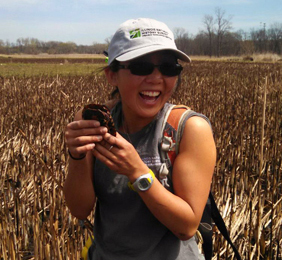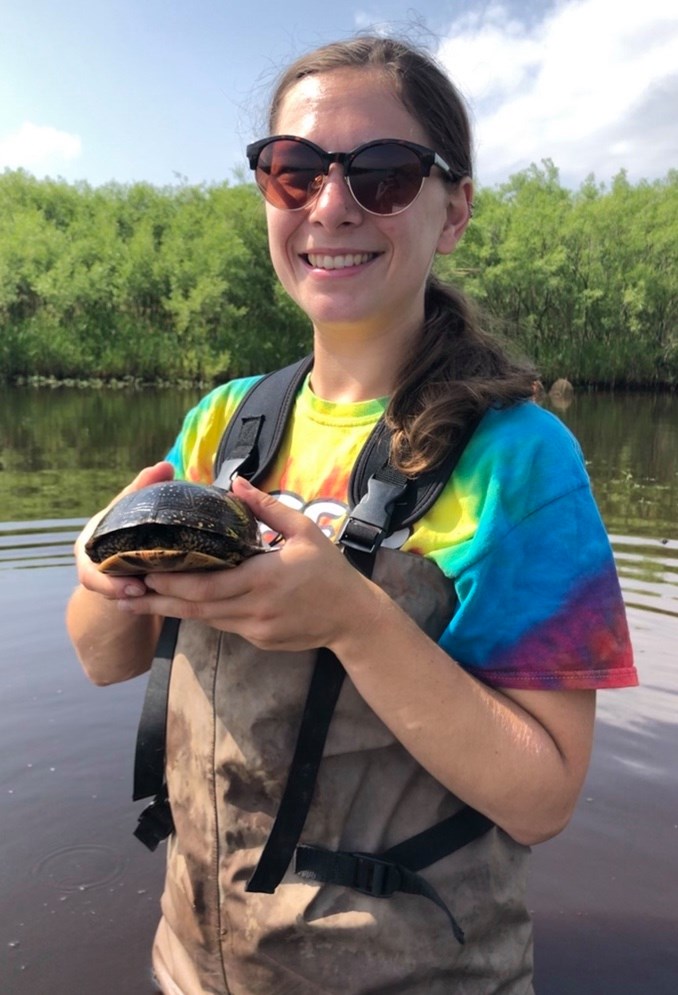
Emily started in the lab in the Spring of 2020 as a field technician them enrolled in the Masters’s program in the Spring of 2021.
Amphibian and Reptile Conservation


Emily started in the lab in the Spring of 2020 as a field technician them enrolled in the Masters’s program in the Spring of 2021.
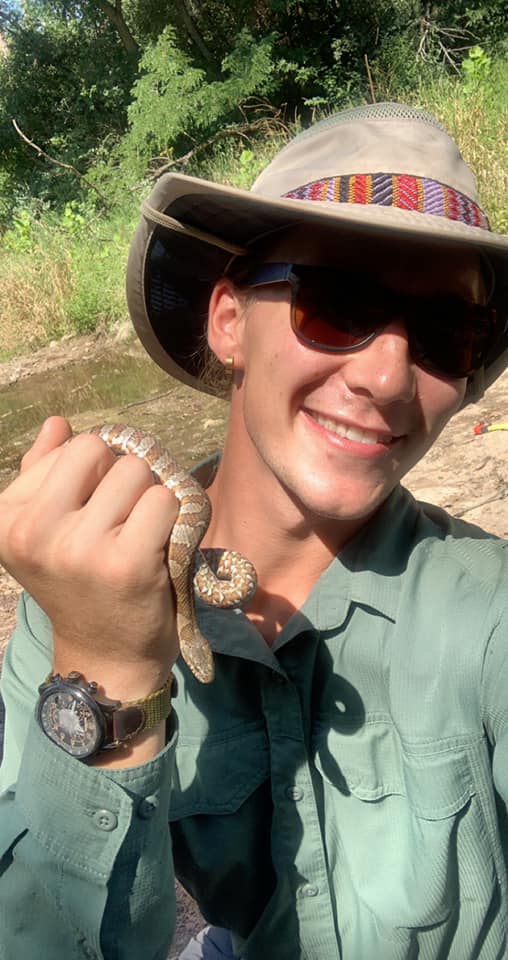
Brock started work in the lab in the Spring of 2021.
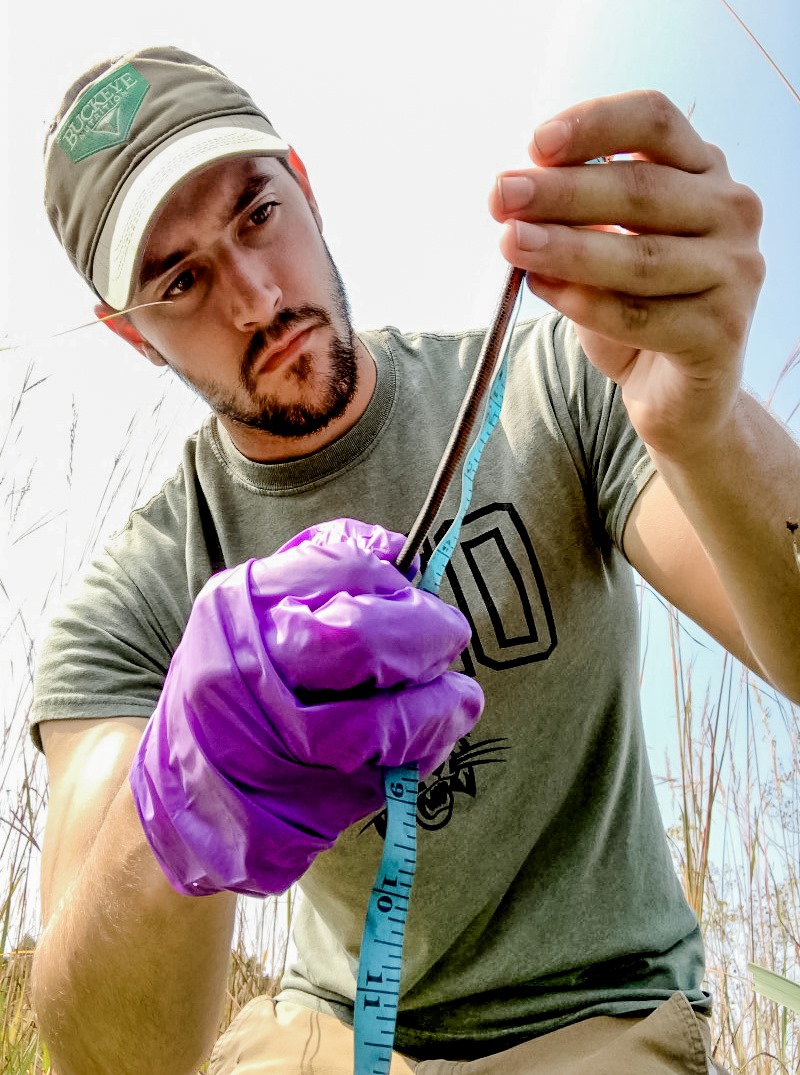
Tyler began in the lab in the Fall of 2020.
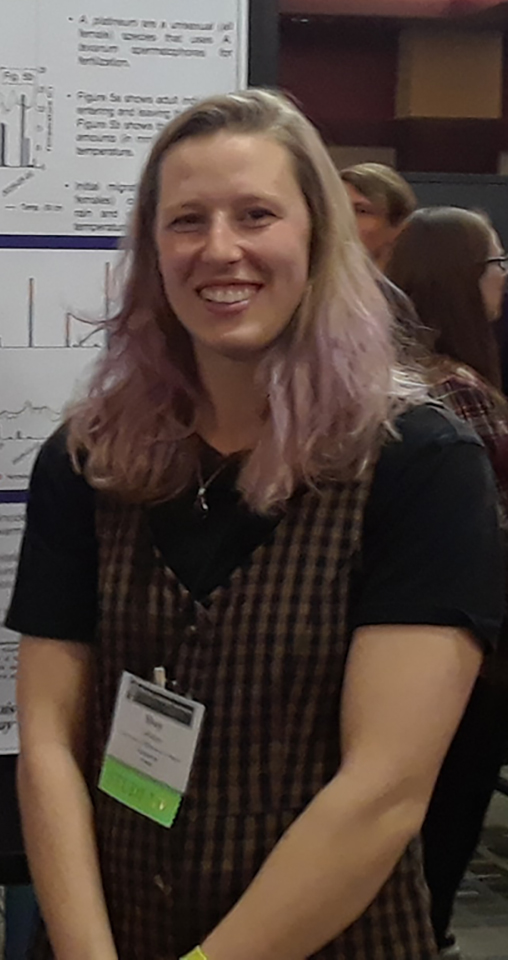
Shay began in the lab in the Spring of 2019.
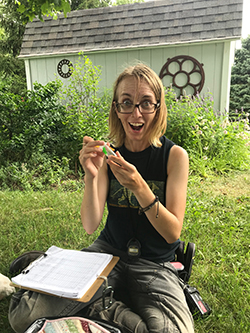
Alma began working in our lab on bumble bees in the Spring of 2019.
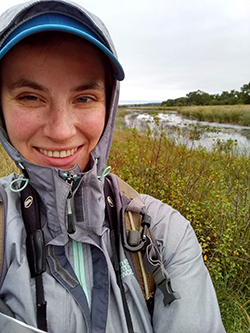
Ms. Asya Rahlin began her work in the lab as an Associate Ornithologist with the Urban Biotic Assessment Program.
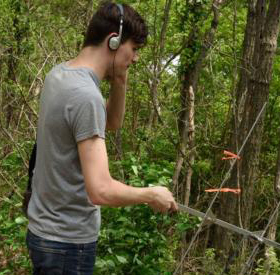
Andrew began with the lab in the Fall of 2018 as a Master’s student in the Department of Natural Resources and Environmental Sciences but then decided to switch to the Ph.D. program. He did his undergraduate work at Principia College, where we assisted Dr. S. Eckert with ecological work on the Timber Rattlesnake (Crotalus horridus). That work consisted of daily radio-tracking to understand the movements, activity areas, and habitat use of the rattlesnake on the site.
Andrew will be conducting his Ph.D. work in association with two SWG projects the lab is running. His primary research examines the factors predicting the timing of emergence in the Timber Rattlesnake across a latitudinal gradient in Illinois. He will also focus on the species’ shuttling behavior during the egress and ingress periods using a combination of wildlife cameras, automated telemetry towers, and PIT tag reader arrays. Lastly, his work will be preparing a predictive model of potential denning habitat for Illinois. Andrew also continues to collaborate with Dr. Eckert at Principia College.
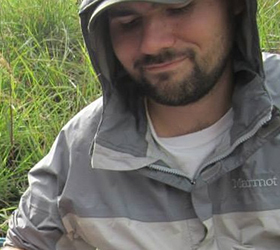
Devin began with the lab in the Fall of 2017 and his M.Sc. research focused on the demography of the Ornate Box Turtle (Terrapene ornate) at two sites in Illinois. The goals of his research were to provide estimations of population sizes, survival, and fecundity. The data he gathered will then be input into deterministic matrix population models and stochastic PVA analyses to better guide the conservation of Ornate Box Turtles in Illinois. He graduated from the Department of Natural Resources and environmental sciences with an M.Sc. in 2020.

